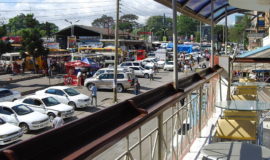

General Information About Arusha
Arusha is a city in northern Tanzania and the capital of the Arusha Region, with a population of 416,442 plus 323,198 in the surrounding Arusha District (2012 census). Located below Mount Meru on the eastern edge of the eastern branch of the Great Rift Valley, Arusha has a temperate climate. The city is close to the Serengeti National Park, the Ngorongoro Conservation Area, Lake Manyara National Park, Olduvai Gorge, Tarangire National Park, Mount Kilimanjaro, and Arusha National Park on Mount Meru.Arusha is a major international diplomatic hub. The city hosts and is regarded as the de facto capital of the East Africa Community. Since 1994, the city has also hosted the International Criminal Tribunal for Rwanda. It is a multicultural city with a majority Tanzanian population of mixed backgrounds: indigenous African, Arab-Tanzanian and Indian-Tanzanian population, plus small White European and white American minority population. Religions of the Arushan population are Christian, Muslim, and Hindu.
The current site of Arusha was first settled in the 1830s by the agro-pastoral Arusha Maasai from the Arusha Chini community, south of Mount Kilimanjaro. They traded grains, honey, beer, and tobacco with the pastoral Kisongo Maasai in exchange for livestock, milk, meat, and skins. Demand for Arusha's foodstuffs increased substantially during the 1860s when the Pangani Valley trade route was extended through Old Moshi, Arusha, and ultimately to western Kenya. Although it was not yet a town, it was a regional centre and had a number of urban features.
Arusha was conquered by the Germans in 1896 after the murder of the first two missionaries who attempted to settle on nearby Mount Meru. The Germans established a permanent presence in 1900 when a military fort (a boma) was built and soldiers were garrisoned there. "The boma was a solid statement, meant to impress German moral and political order on the surrounding countryside. Set on a rise overlooking the plains, the fortress-like building dominated the surrounding landscape" complete with a machine gun. Many Africans were forcibly displaced from their ancestral lands by the Germans and forced to dig lime or carry stones to construct the fort.
The British took Arusha from the Germans in 1916 during World War 1. German officials left the area, the British deported German missionaries and settlers, and only a skeletal military administration of the town remained. But slowly during the 1920s, civilian administration was implemented, missionaries from the United States arrived, British and Greek settlers reoccupied the former German farms, and the town grew, especially after the British moved the regional administration from New Moshi to Arusha. The extension of the railroad from Moshi to Arusha in 1928-29 greatly increased commerce. The Great Depression soon thereafter, however, squelched commerce, and Arusha in 1940 had less than 2,000 residents. Growth resumed during World War 2 and by 1948, the population had increased to more than 5,000.

In the 1960s parts of the movie Hatari! With John Wayne were filmed at Momella. Arusha has been a crucial city in the history of modern Tanzania. Official documents ceding independence to Tanganyika were signed by the United Kingdom at Arusha in 1961. Also, the Arusha Declaration was signed in 1967 in Arusha.
The Arusha Accords were signed at the city of Arusha on August 4, 1993, by representatives of competing factions in the Rwandan civil war.
The Arusha Peace and Reconciliation Agreement for Burundi were signed on 28 August 2000 as part of a process forging peace in that country through power sharing and establishing a transitional government. The January 2015 Arusha Agreement for South Sudan created a framework for the reunification of South Sudan's ruling SPLM party, which had splintered into three creating a humanitarian crisis as fighting between factions intensified. It provided that all SPLM members who were dismissed are reinstated to their previous positions and a secret ballot system is adopted.
In 1994 the UN Security Council decided by its Resolution 955 of 8 November 1994 that Arusha should host the International Criminal Tribunal for Rwanda. The establishment of the tribunal with its foreign employees has influenced the local economy of the city increasing the cost of living for residents. The tribunal has downsized due to its closure in 2014, but its legal successor, the International Residual Mechanism for Criminal Tribunals established by United Nations Security Council Resolution 1966, will continue entertaining a branch in Arusha, opening on 1 July 2012.
Arusha was officially declared a city on 1 July 2006 by the Tanzanian government

Sports Played in Arusha
The city is home to the Tanzanian rugby national team. The city hosts International rugby matches as well. Joshua Peterson who played for the national team was the second youngest international rugby player ever behind Johnny Wilkinson.
Sports in Arusha
The city is home to the Tanzanian rugby national team. The city hosts International rugby matches as well. Joshua Peterson who played for the national team was the second youngest international rugby player ever behind Johnny Wilkinson. Southern Pool A of the 2007 Castel Beer Trophy was hosted here as well.The city is home to Arusha FC, playing in Sheikh Amri Abeid Memorial Stadium, which represents the city in Tanzanian league football.
The city also hosted the Mount Meru Marathon, held from 1985 to 2004. The "all-comers" record for the fastest marathon performance in Tanzania, 2:13:46, was set at the event by former long-distance runner Benedict Ako on August 1, 1993.
On May 21, 2011, the Drake University Bulldogs beat the CONADEIP All-Stars 17-7 in the first ever American Football Game in Tanzania.

Arusha Culture and History
Arusha is known for its vibrant night life, with popular local night clubs like Club D, Masai Camp, Greek Club, Club AQ, the Columbus Club, and Via Via.The city hosts the National Natural History Museum. The museum contains three exhibits on early man, plants and animals of the region, and the history of the city.
There is a small museum adjacent to the Uhuru monument which displays information about the proceedings of the Arusha Declaration in 1967.
Arusha is also the headquarters of the African Great Lakes region's first local media center, Aang Serian Drum.
The city's cuisine is a blend of dishes from various parts of Tanzania as well as global culinary traditions. Nyama Choma, Kiti moto, Kuku choma is a very popular barbecue dish and is usually served with local cold beer and Pili Pili. Chips mayai is another popular local dish.

Arusha Nightlife
There are many hot nightlife spots around Arusha. Some of the most popular are
Popular Bars in Arusha
Via Via
Boma RD, ArushaTriple A
Sakina ArushaClub D
Nelson Mandela RD, ArushaGreek club
Serengeti RD, ArushaMasai camp
Nyerere RD, ArushaColobus club
Old Moshi RD, ArushaVelocity
Njiro,ArushaClub 63
Kisongo, Arusha
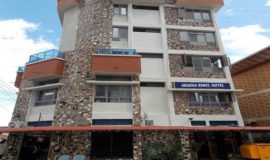
Arusha Bimeli HotelArusha Tanzania
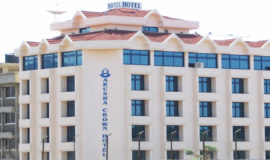
Arusha Crown HotelArusha Tanzania
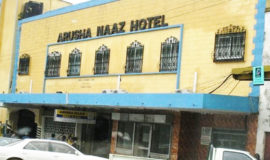
Arusha Naaz HotelArusha Tanzania
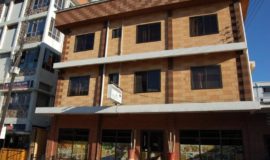
Arusha Tourist Inn HotelArusha Tanzania
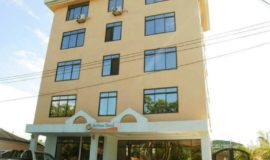
Briston HotelArusha Tanzania
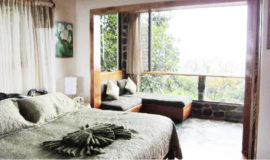
Clouds viewArusha Tanzania
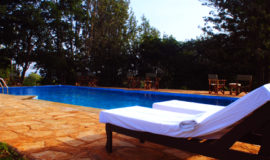
HhandocoffeelodgeArusha Tanzania
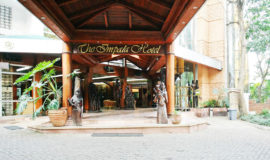
Impala hotelArusha Tanzania
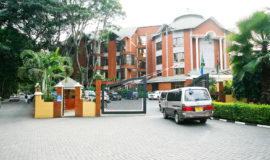
Kibo Palace HotelArusha Tanzania
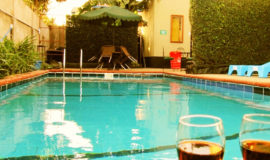
korona house hotelArusha Tanzania

Kundayo Serviced ApartmentsArusha Tanzania
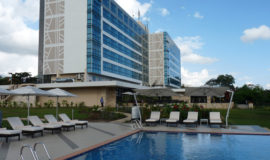
Mount Meru HotelArusha Tanzania
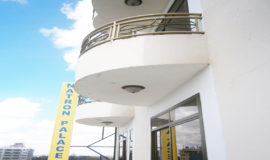
Natron Palace HotelArusha Tanzania

New Safari Hotel (1967)Arusha Tanzania

RICH HOTELArusha Tanzania
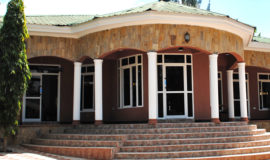
Saruni River LodgeArusha Tanzania

Silver Palm HotelArusha Tanzania
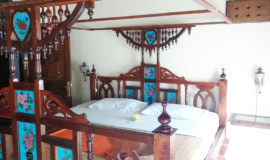
Tausi Palace HotelZanzibar Tanzania

The African TulipArusha Tanzania

The Arusha HotelArusha Tanzania




